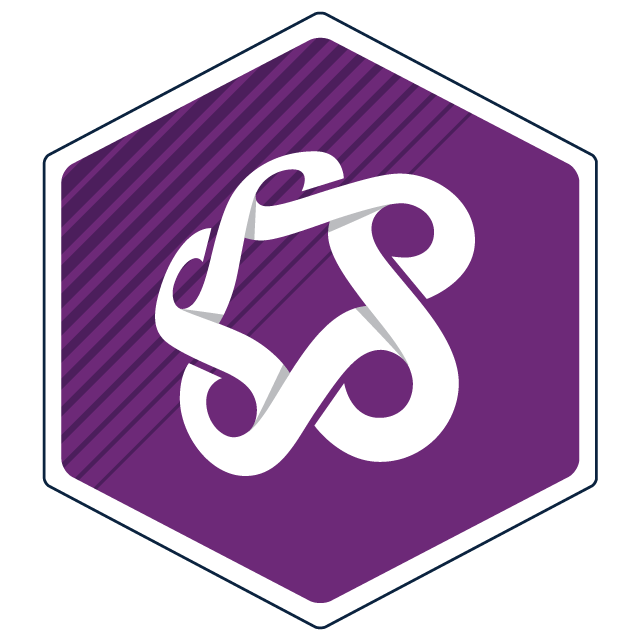Overview
CADD Fundamentals builds your understanding of computer-aided design and drafting (CADD) and how it’s applied in today’s design and engineering industries. This micro-credential course is required for both the AutoCAD Certificate of Completion and the Electrical Design Certificate of Achievement, making it a versatile starting point for multiple design disciplines. It provides the foundational knowledge and skills needed to create, interpret, and communicate technical drawings — an essential first step toward learning AutoCAD in greater depth.
You’ll explore how CADD supports industries such as architecture, engineering, electrical design, manufacturing, and interior design. Beginning with the basics of freehand sketching, you’ll learn to represent shapes, dimensions, and details using accepted industry standards and conventions. Then, you’ll be introduced to Autodesk AutoCAD, one of the most widely used tools in design and drafting. Through guided exercises, you’ll learn how to set up and organize simple 2D drawings, apply standard dimensions, and convert your sketches into digital form.
Hands-on assignments and case studies reinforce each stage of the design process, from concept sketching to digital visualization. You’ll complete a series of individual projects, including a final portfolio piece that demonstrates your growing skills and understanding of how CADD fits into real-world design workflows. You’ll work independently and at your own pace, with ongoing instructor feedback to support your progress and help you build confidence as you apply new skills.
By the end of the course, you’ll understand the role of technical drawings in design and be able to create, read, and interpret basic 2D designs in AutoCAD. You’ll be ready to continue building your AutoCAD skills in the next courses of the AutoCAD Certificate.
This course is ideal if you:
- are new to computer-aided design and want an introduction before taking more advanced AutoCAD courses
- work in or aspire to enter architecture, engineering, electrical design, or manufacturing
- are an interior designer or creative professional who needs to produce or understand technical drawings
- own or manage a business that requires visualizing or prototyping design ideas.
There are no prerequisites or eligibility requirements for this course. Any prior education or work experience will be an asset. However, we strongly recommend that you have at least 50% in Math 30-1. If you haven’t completed this high school course, consider taking an equivalent through Academic Upgrading first.
Upon successful completion of this course, you'll be able to:
- explain the purpose of technical drawings in the engineering design and drafting industry
- prepare freehand technical sketches to accepted standards and conventions
- select the appropriate placement of dimensions, notes, and specifications according to standard drafting practices into a sketch
- interpret graphic standards and drawing conventions in a blueprint
- translate measurements and dimensions found in blueprint drawings into practical information
- set up an AutoCAD drawing according to standard practices
- create an object using a computer-aided design and drafting tool
- prepare multi-view drawings using orthographic projection techniques
- develop isometric drawings of objects
- assemble a portfolio piece that showcases the design process and highlights the knowledge, skills, and abilities you’ve gained throughout your learning journey.
To request a course outline, contact ConEdAdvising@sait.ca.
Individuals with AutoCAD training and industry experience can take exams through Autodesk to become a Autodesk Certified User (ACU) or Autodesk Certified Professional (ACP) in AutoCAD. The SAIT AutoCAD certificate program will help you build relevant skills and experience that support preparation for these certifications. Learn more about Autodesk certifications.
Upcoming dates
Select an available section and add it to your cart. When you're ready, proceed to check out to sign into your student account and complete your registration.
Don't have a student account? Let's set one up!
Registration closes seven days before the start date for on-campus, online scheduled, and blended courses, and one day before the start date for online self-paced courses.
After you've completed this course
Upon successful completion of this course, you'll be able to self-print a proof of completion document from your Continuing Education student account.
Micro-Credential
Aligned to current industry standards, SAIT’s micro-credentials develop practical, real-world skills and include competency-based testing. Earning a SAIT micro-credential demonstrates to employers you have the required competencies — both skills and knowledge — to get the job done.

Students who successfully complete this course with a final grade of A- (80%) or higher will earn a micro-credential and receive a shareable digital badge.
Costs
Textbook and reading list
Included in the purchase of this course, you'll receive:
- Access to online course content in Brightspace (D2L)
- Access to a free version of the AutoCAD software for use during the course. Software download instructions will be provided in the D2L shell.
Technology
To be successful in this course, you’ll need:
- Access to your own Windows-based computer or laptop that meets system requirements for AutoCAD and standard hardware/software requirements to use D2L
- Internet access.
Financial support
Financial opportunities are available to help pay for your course fees. Learn more about how to reduce your education or training costs with available awards, bursaries, loans and grants, including the Canada Alberta Productivity Grant.
Applicable certificates
This course applies to the following certificate programs:

Train your team
Interested in group training opportunities for this course? Tell us about your organization's needs, and one of our training consultants will contact you within one business day.

Oki, Âba wathtech, Danit'ada, Tawnshi, Hello.
SAIT is located on the traditional territories of the Niitsitapi (Blackfoot) and the people of Treaty 7 which includes the Siksika, the Piikani, the Kainai, the Tsuut’ina and the Îyârhe Nakoda of Bearspaw, Chiniki and Goodstoney.
We are situated in an area the Blackfoot tribes traditionally called Moh’kinsstis, where the Bow River meets the Elbow River. We now call it the city of Calgary, which is also home to the Métis Nation of Alberta.
